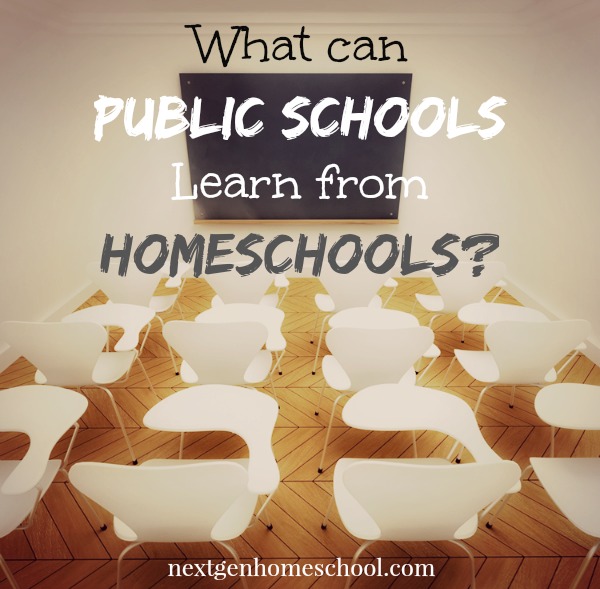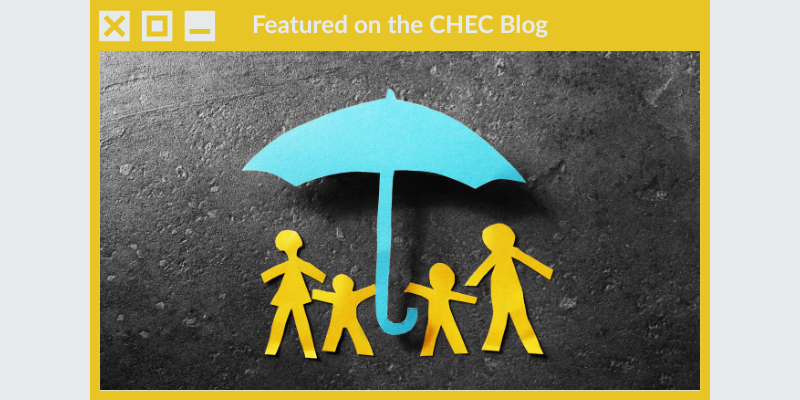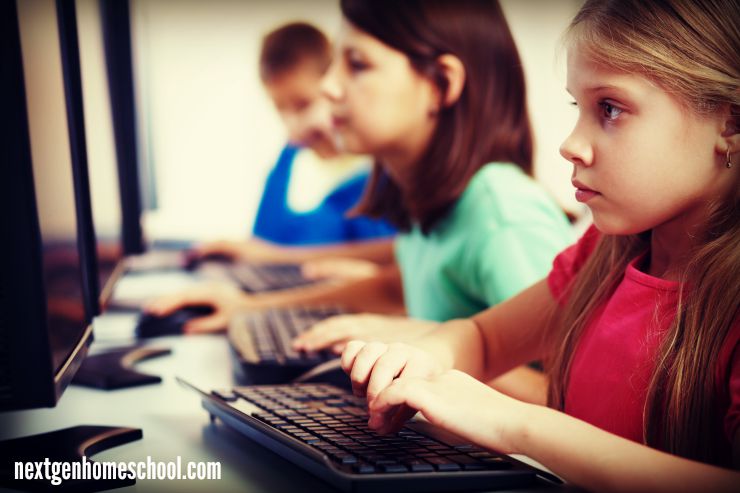Recently, I was sitting at a stoplight staring up at a fancy billboard ad encouraging people in my district to vote “yes” for a $41 million school bond, and it got me thinking about how our public schools spend their money. This particular bond is earmarked for several things: Chromebooks for every student, as well as Football Stadium and Middle School renovations. The bond will add to the property taxes $38/year for every $100,000 each home is worth in the district. Because this is a heavy rental district, I expect rents will go up as well.
The more I thought about it, I wondered: How much money does the school system get overall? Where are they choosing to use it? And what has been the outcome of spending more money on the current system? Will spending more money really make a difference? So I decided to do some digging.
I learned that Oklahoma is below average when it comes to public education spending. The national average spent per public elementary-secondary school student is about $10,608 per year, and Oklahoma’s average is closer to $7,500 per student per year (Source: U.S. Census Bureau, 2012 Census of Governments, Finance‐ Survey of School System Finances). Oklahoma spends less than average and is also near the bottom for educational outcomes. Many say that it correlates: Spend more money, get better results.
However, I haven’t seen that to be the case. For example, the state of Oklahoma ranked third lowest in spending per pupil in 2012 and scored a D (65.4) in K-12 achievement in a 2012 report. Some might say that could be expected. However, the District of Columbia ranked second highest in spending per pupil in the same Census Report (spending a whopping $17,468 per public elementary-secondary school student) and scored an F (56.3) in K-12 achievement in 2012 (Source: Education Week). Obviously, performance isn’t as closely related to spending as some believe.
When I compare public school expenditures per student as a homeschool parent, it seriously blows my mind. Especially when current homeschooling statistics show that homeschooled students are succeeding with little correlation to how much money was spent on their education, and they are mostly unaffected by household income. It seems that the amount of money spent isn’t really the issue, so throwing more money at the problem isn’t a solution.
So, what is the solution to improving the quality of public schools? And what can public schools learn from what is working for homeschooling families who spend a tiny fraction of the educational cost?
Here are a few of my theories:
- Smaller class size means more one-on-one time with students. Group dynamics says that smaller groups are better for focus, attention, involvement, and safety. Occasionally, people tell me, “Of course your child is doing well: He gets one-on-one tutoring.” It’s true, and most people I know understand this concept. I wonder what the performance impact would be if schools focused on spending more money to reduce class sizes and hire more teachers and aides to give students more personal attention.
- Smaller classes are safer. The only bullying that goes on at home is between siblings. The first two years I taught, I worked at a church daycare teaching two-year-olds, and the classes were split into different rooms. I taught eight students in one room, then there was a divider, and another teacher taught eight (also 2) on the other side. Order was easy: We had a routine, and the kids felt safe and played well together (as well as two-year-olds do). Then I taught for one year at a corporate daycare. I worked in a room with 24 two-year-olds and three teachers. Most of the time, it felt like chaos. Twenty-four kids in one room — for 8-10 hours a day? There were short stints on the playground, but we did everything else in that one room. They shared toys (not!), they shared germs. Honestly, when a parent wanted to know why their child was being bitten or was biting, I thought, seriously? You spend eight hours a day in one room with 23 other kids and tell me you wouldn’t feel like biting. Kids of all ages (and even adults) need to feel safe in order to focus on learning, and large class sizes — even large schools — are not conducive to this.
- Flexibility in curriculum and teaching styles. As a homeschool parent, I don’t have to deal with red tape. I don’t have to stick to a rigid scope and sequence. I can use whatever curriculum, textbook, software, etc., that works for my student. And if we get a couple of months into our school year, and what I’ve chosen isn’t working, we can chuck it and try something else. In fact, many homeschool parents don’t buy curriculum at all! They use the library. They use the internet. They use life. Homeschoolers can mold their teaching around their students’ learning style and their family’s schedule. We have flexibility. Every child learns differently and at a different pace. How can a public school teacher with 20-30 students teach to so many different learning styles? Smaller class sizes would help, and flexibility with curriculum and the way teachers work with their students would also be important. But how can a public school have flexibility when it comes to curriculum as things stand now? The first step is for the local school boards and districts to have more control: Local control is much more flexible than federal control. Parents need to be respected for their input into the process, and schools need the flexibility to be responsive to students and families when there are problems.
- Parents care for their children and want to educate and encourage them to fulfill their dreams. I know, I know, so do teachers. However, teachers are dealing with about 20 students per class, with different students each year (and for older kids, each class). They can’t really care about each of their students. When I was a daycare teacher, I loved those kids. But the reality is today, not only do I not know where any of them are, I only remember a few of their names. We all remember our special kids, but what about the others? You teach them for a year, and then you move on to the next class of kids. I have heard of some schools where a teacher travels with her students for several years — that’s a start. However, as a homeschooler, I teach my children all the way through and have the honor of watching them succeed.
In my opinion, as an outsider looking in, I think public schools would benefit if they focused their budgets on more teachers and smaller class sizes. Stop the top-down spending, where administration makes more money and has more say than the teachers in the classroom who know their students. Also, move control of curriculum and education standards away from the federal government (through nationally standardized programs such as Common Core) and give it to the local school board and parents. There’s much more to be done, but I think steps can be taken in the right direction when public schools learn from homeschool success.
The School Bond in our district passed, but voter turnout was low. Maybe that is part of the problem.
Are public school parents abdicating the educational responsibility for their children to the government? What are your thoughts and theories on this issue? What do you think public schools can learn from the growth and success of homeschooling in our country?




